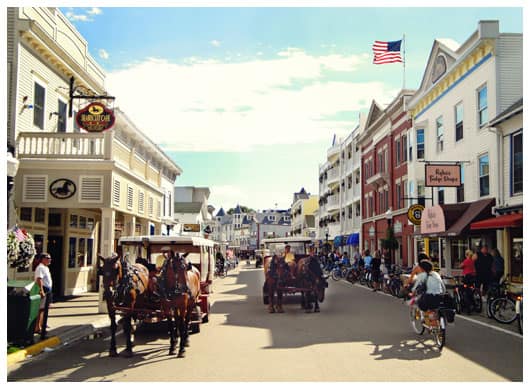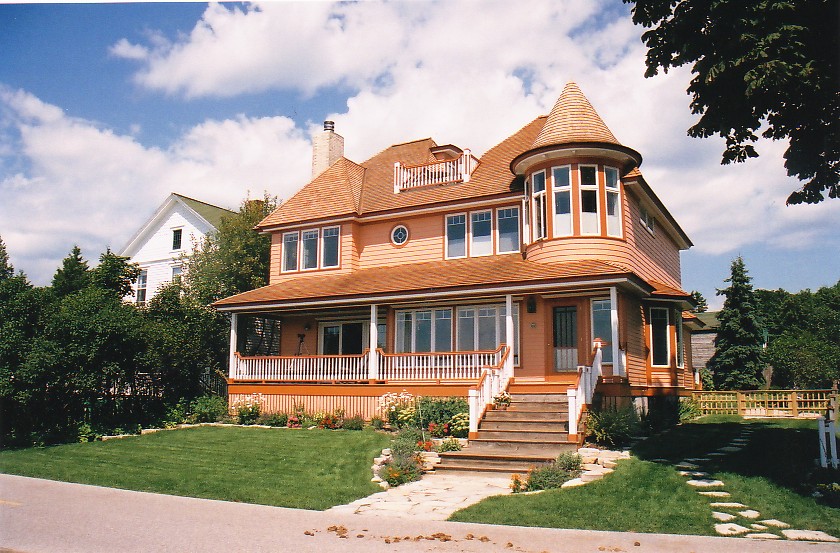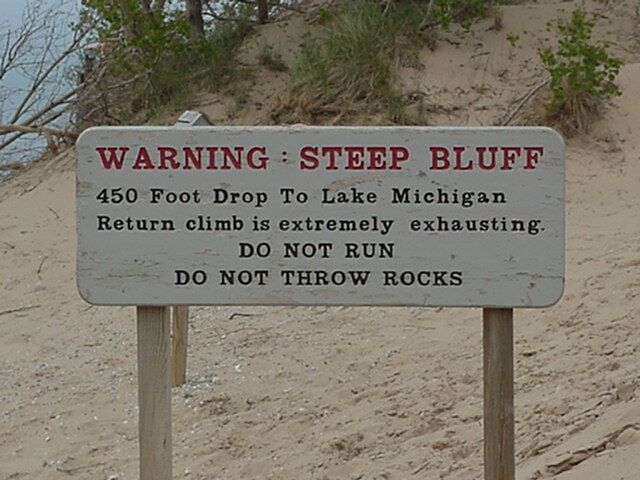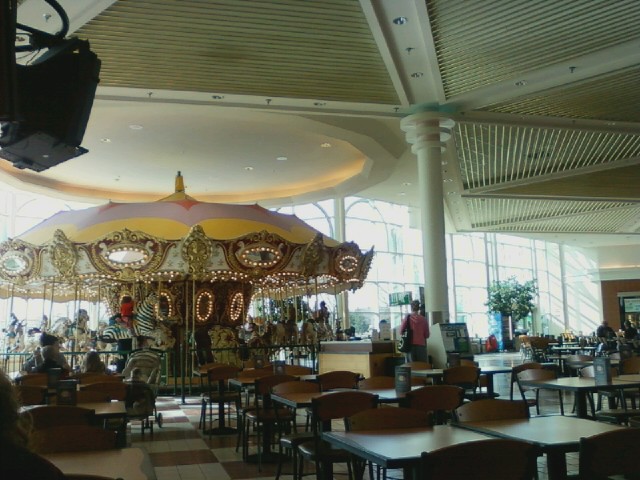For this week’s civic issue blog, I would like to expand on a part of my persuasive essay. My essay was an argument in favor of public preschool, which was actually inspired by one of my previous civic issues blogs (CI#3). This post I would like to focus on just one of my reasons for mandating public preschool in the United States – the ever increasing education standards in our country.
In 2001, under the Bush administration, the No Child Left Behind Act (NCLB) was passed by Congress. The act pushed for a standards-based reform of education. By increasing standards to be met and also increasing the emphasis on reading in our nation’s schools, it is the goal that students will be better prepared for their future. The “standards to be met” are established by each individual state and each state must have a way of determining whether they are achieving their goals, normally through state assessments.
In my essay, I argued that the No Child Left Behind Act makes early education essential in a child’s life. As the name says, no child can fall behind – not to mention the fact that preparation for the standard assessments seems to be starting earlier and earlier. After doing some research, I found that one program, Study Island, that is used in schools to help prepare for the PSSAs (the standardized tests in Pennsylvania if you’re out-of-state) are actually designed to start in kindergarten! They even have specialized programs meant for pre-k!
Aside from early emphasis on preparation for the tests, it seems like as the years go on, more pressure is put on doing well on these assessments. Well, it doesn’t just “seem” that way, it’s actually a fact! Under NCLB, each year the percentage of students who must score proficient or higher on the tests increases. In Pennsylvania during the 2011-12 school year, 78% of students were required to reach proficiency in math and 81% in reading. These numbers are set to increase to 100% in 2014.
However, many schools don’t believe they will be able to reach one hundred percent proficiency by 2014, and the U.S. Department of Education has allowed to states to apply for a waiver from the 100% goal. This waiver allows states to set more realistic goals to reach. Currently, 34 states have been approved for waivers and others are still waiting to be approved. Those who do not file for a waiver must abide by NCLB and reach 100% proficiency by the end of the next school year. Thus far, Texas and California are two states who haven’t applied for the waiver. To check out a full map of the states that have been approved, visit: http://www.educationnation.com/index.cfm?objectid=8F412A4D-85BA-11E2-93ED000C296BA163&aka=0.
I personally don’t agree with NCLB and standardized testing. At my high school, we did not meet AYP (the proficiency goals) several years in a row. When it was time for the PSSAs, it seemed like everyone was on edge and pressure was put on the students to do well on these assessments. The focus of teaching as shifted to PSSAs and PSSA principles rather than learning what you should be learning as a ninth grader or a tenth grader. While I don’t agree with the standardized testing, I realized that if this is going to continue, preschool and early childhood education is essential to preparing a child to be ready when it comes time for kindergarten. It ensure all children come to kindergarten at similiar levels and to keep them from falling behind, public preschool should be supported by the government.
I’m interested to see what your opinions are on this issue.. What were standardized tests like at your school? Do you think preschool education makes a significant difference?
On a side note, to check out how your district (if you’re originally from PA) scored on the PSSAs, check out this website: http://www.education.state.pa.us/portal/server.pt/community/school_assessments/. It’s interesting to see the breakdowns for each grade and each subgroup within a district!




















![[michigan+map.png]](http://4.bp.blogspot.com/_WmpvwuHywjs/RmRa7fOc6AI/AAAAAAAAAGg/EKLyqKtTjeM/s1600/michigan%2Bmap.png)







